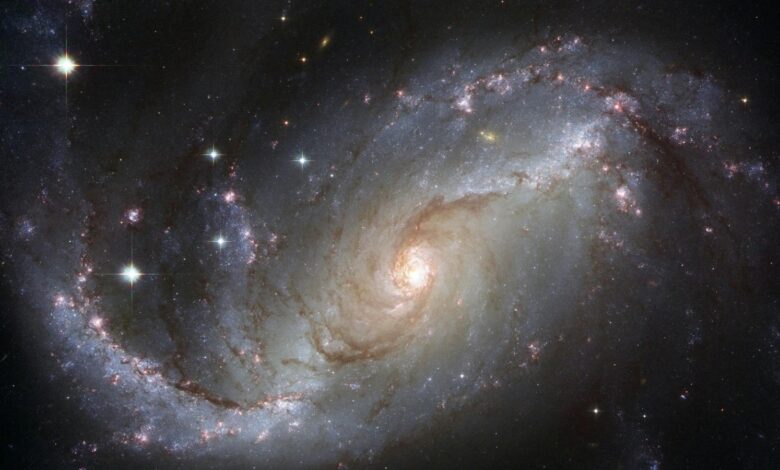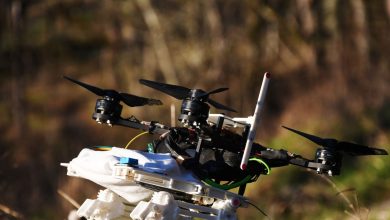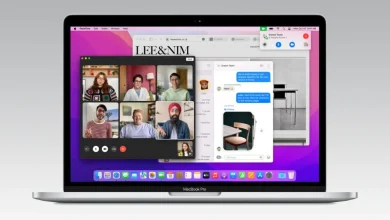Did other stars reshape Earth’s orbit? Check out these amazing stellar encounters

Astronomers have uncovered a celestial revelation: stars passing near our solar system have wielded a profound influence on the orbit of Earth as well as those of its its planetary companions. This cosmic dance, detailed in a study titled “Passing Stars as an Important Driver of Paleoclimate and the Solar System’s Orbital Evolution” published in The Astrophysical Journal Letters, challenges our understanding of Earth’s history and even encompasses shifts in climate.
Stellar Perturbations and Climate Variability
Nathan A. Kaib, Senior Scientist at the Planetary Science Institute, leading the research with contributions from Sean Raymond at the Laboratoire d’Astrophysique de Bordeaux, highlights the significance of these stellar perturbations. “Perturbations- a minor deviation in the course of a celestial body, caused by the gravitational attraction of a neighboring body- from passing stars alter the long-term orbital evolution of the sun’s planets, including Earth,” Kaib explains, Phys.org reported.
The study emphasizes the crucial connection between Earth’s orbital eccentricity and climatic variations seen in the geological record. For instance, during the Paleocene-Eocene Thermal Maximum 56 million years ago, Earth’s temperature soared by 5-8 degrees Celsius. While previous theories attributed this to high orbital eccentricity, research reveals that passing stars introduce uncertainties, expanding the spectrum of possible orbital behaviors.
Simulations Unveil Stellar Impact on Orbital Trajectory
The simulations employed, akin to weather forecasting, have traditionally overlooked the impact of stars passing near the sun. As stars, including our sun, traverse the Milky Way Galaxy’s center, they occasionally approach each other, termed stellar encounters. Most significantly, these simulations now include such events, revealing their potential to reshape our understanding of Earth’s past orbital states.
The research sheds light on the role of giant planets (Jupiter, Saturn, Uranus, and Neptune) as intermediaries between Earth and passing stars. Stellar passages perturb the orbits of these giants, subsequently influencing Earth’s orbital trajectory. Incorporating stellar encounters into simulations unravels the complexity of past epochs, challenging our confidence in historical orbital reconstructions.
Notably, the study identifies a specific stellar passage by the sun-like star HD 7977, occurring 2.8 million years ago. This encounter, with varying observational uncertainties, holds the potential to reshape predictions of Earth’s orbit beyond 50 million years ago. Kaib concludes, “Given these results, we must reevaluate past epochs in Earth’s history and acknowledge the orbital uncertainties introduced by passing stars….”
Also, read these top stories today:
Bhai gets things done in India? Carl Pei dons ‘Bhai’ moniker ahead of Nothing Phone 2a launch, gets Elon Musk, Perplexity CEO involved too. Read all about it here. If you enjoyed reading this article, please forward it to your friends and family.
Improving @work! Looking for an impactful work management tool to increase team productivity? Know how Smartsheet can help empower teams with effective collaboration tools. Some interesting details in this article. Check it out here. If you enjoyed reading this article, please forward it to your friends and family.
Latest iPhone available with big discount! Within just a few months of launch, the Apple iPhone 15 is available with a massive discount. Check it out here. Found it interesting? Go on, and share it with everyone you know.HR




